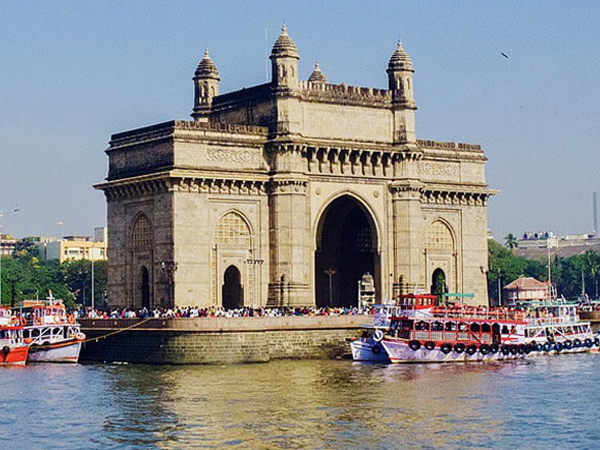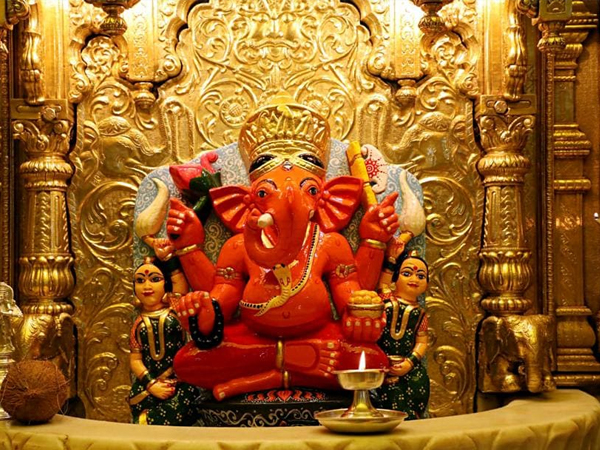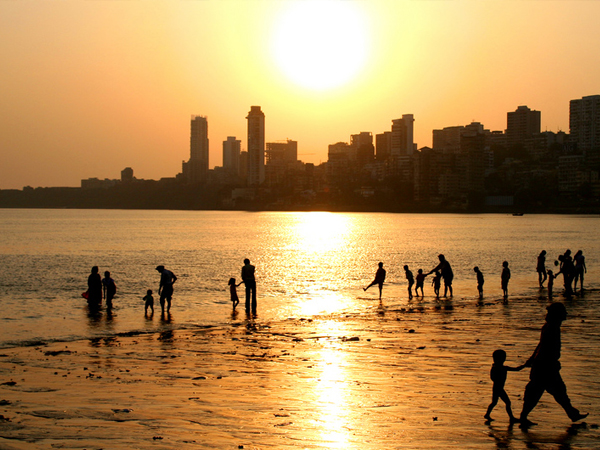On December 31, Vienna’s old city center transforms into a giant party zone: From 2 p.m. in the afternoon to 2 a.m. the following morning, top entertainment is guaranteed by the New Year’s Eve Trail in the city center, at City Hall Square and in the Prater. Along the New Year’s Eve Trail, dozens of gastronomes serve you punch and culinary treats. Numerous areas provided entertainment with show programs, waltzes, operetta, rock, pop, DJ lines, and hit music. The classical area on Graben is a popular fixture. Vienna’s dance schools offer crash waltz dancing courses here during the afternoon and transform Graben into an idyllic open-air ballroom. A large firework display will be held on City Hall Square and in the Prater at midnight.
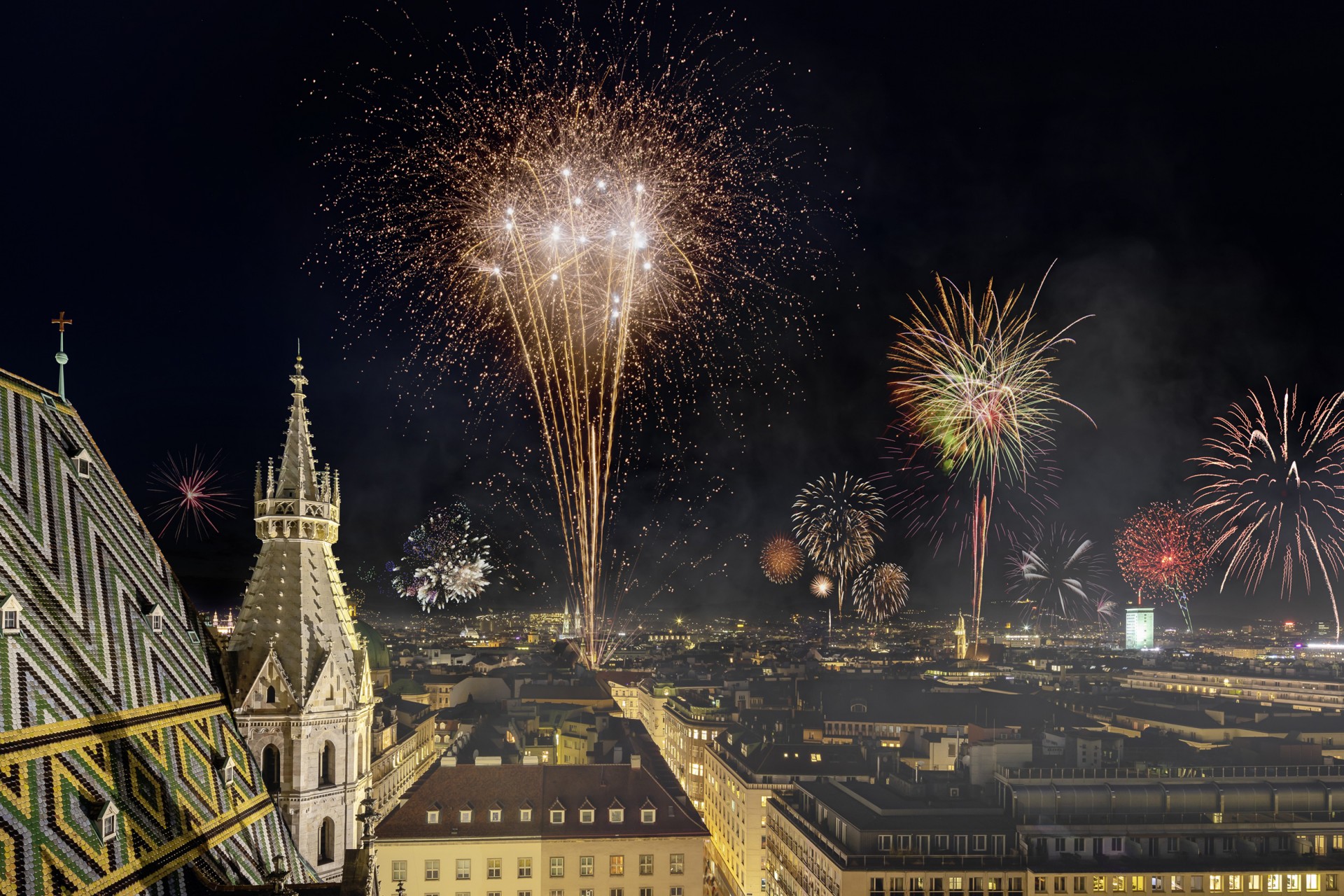 A unique New Year’s atmosphere can also be enjoyed on a boat trip along the Danube, at the New Year’s Eve Ball at the Hofburg Vienna (Imperial Palace) and New Year galas held in City Hall and the city’s leading hotels. The “Majestic Imperator”, a luxurious imperial, invites everyone to go on an exclusive ride into the new year, while “Die Fledermaus” by Johann Strauss is performed in time-honored tradition at the Vienna State Opera and also broadcast live on the outdoor screen.
A unique New Year’s atmosphere can also be enjoyed on a boat trip along the Danube, at the New Year’s Eve Ball at the Hofburg Vienna (Imperial Palace) and New Year galas held in City Hall and the city’s leading hotels. The “Majestic Imperator”, a luxurious imperial, invites everyone to go on an exclusive ride into the new year, while “Die Fledermaus” by Johann Strauss is performed in time-honored tradition at the Vienna State Opera and also broadcast live on the outdoor screen.
New Year’s Day in Vienna will be greeted classically with a morning “hangover cure” brunch – featuring a live broadcast of the Vienna Philharmonic’s New Year’s Concert on a big screen – in front of City Hall (from 11 a.m., repeated at 2 p.m.)
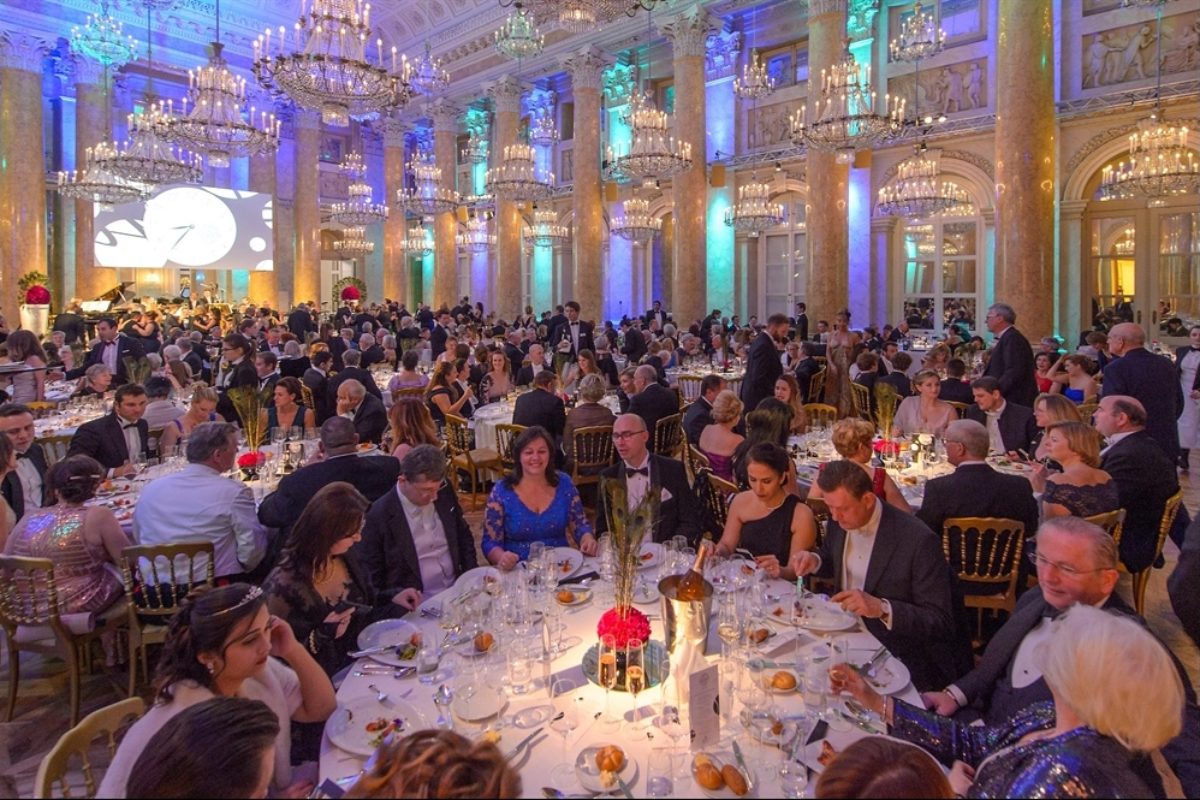 How Is New Year’s Eve Celebrated?
How Is New Year’s Eve Celebrated?
New Year’s Eve is known as Silvester in Austria. It’s the Roman Catholic feast day of the same-named pope and saint, who died on December 31st, AD 335. None of which has any relevance, though, to how Vienna celebrates the turn of the year.
People party just like the rest of the world, but there are one or two little traditions in Vienna not shared by such cities as New York, London or Tokyo.
Just before midnight on New Year’s Eve, the main national TV station plays Dinner for One, a short comedy sketch recorded in 1963 (in English!). At midnight itself, the giant Pummerin bell of Vienna’s St Stephen’s cathedral rings in the New Year with the chimes broadcast across TV and radio.
Once the last echoes of the Pummerin fade away, all hell breaks loose, as various fireworks displays across the city burst into action.
Broadcasters then switch to the Blue Danube waltz and everyone dances in the New Year as lights explode across the night sky.
Then, just to add that last touch of romance to the evening, we all swap marzipan pigs. Seriously – they are lucky charms here.
The fireworks make quite a sight (and noise), leaving Vienna a smoky haze in the early morning redolent with the smell of gunpowder (possibly just my imagination).
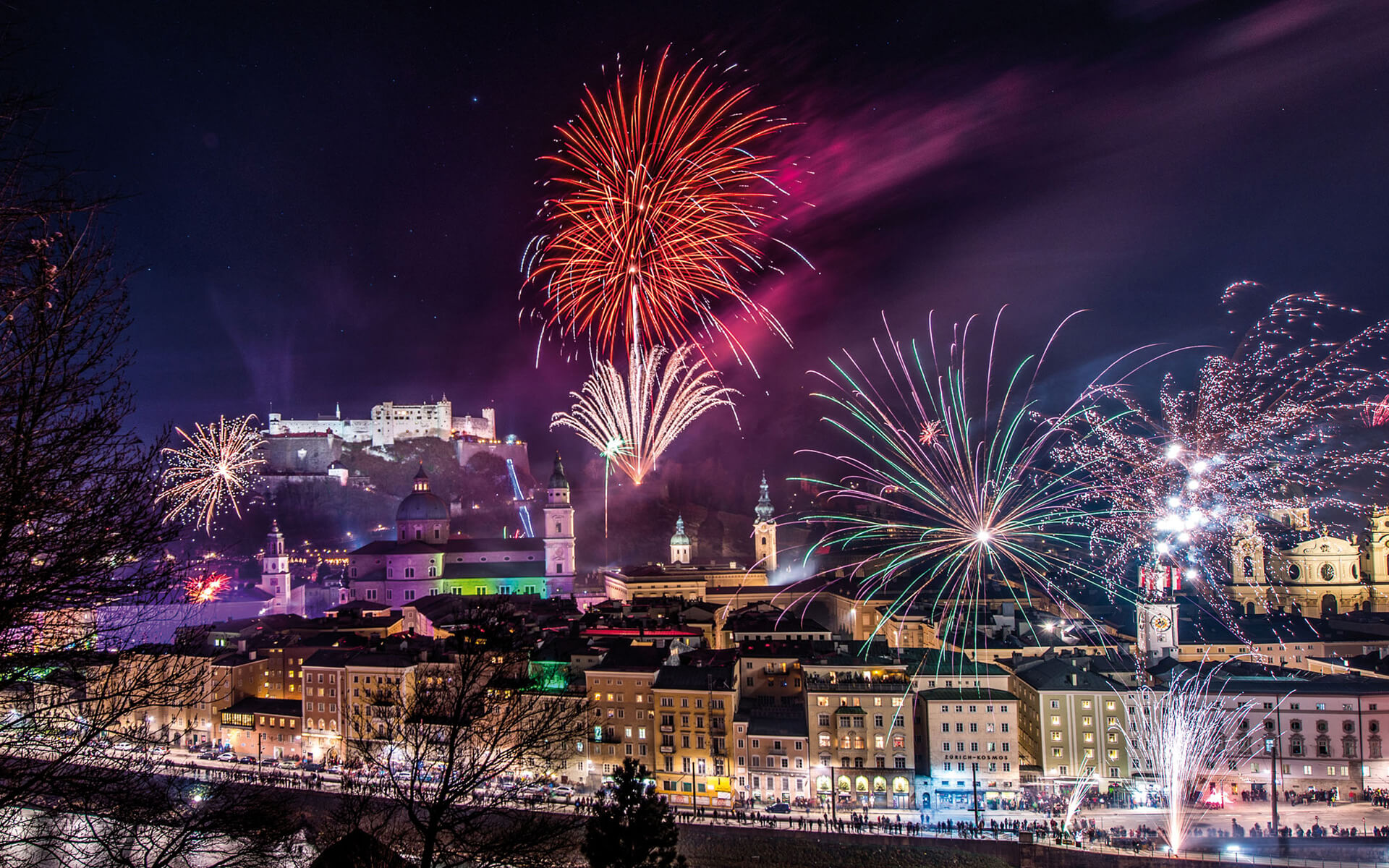 To get a good view of the fireworks over the city, choose from three options:
To get a good view of the fireworks over the city, choose from three options:
- Head up into the Vienna hills (but this takes you away from the action)
- Get seats at the Danube Tower or Das Loft restaurants, both famous for their views. Book early. Very early.
- Find your way to any of the other places known for great views of Vienna (NB: the Gloriette is inaccessible at night).
The Silvesterpfad
New Year’s Eve in Vienna is all about the Silvesterpfad, which translates literally as the “New Year’s Eve trail”. It’s a series of events and activities around the city center that typically begin at 2 pm on December 31st and runs through to 2 am the next day. Last year (2019/2020), some 800,000 people celebrated along with it.
The city puts up temporary stages, so live performers, bands, orchestras, and DJs can entertain everyone until midnight and beyond.
The Viennese ballroom dancing schools offer free waltz courses on the Graben (the pedestrianized zone that leads away from St Stephen’s Cathedral). And the State Opera House puts up a big screen outside with opera highlights. Dozens of food stand to ensure you won’t go hungry or thirsty.
Finally, at midnight, people gather in one of two places:
The Stephansplatz square in front of the cathedral to hear the midnight chimes “live”. The Rathausplatz square in front of the Rathaus town hall for a communal waltz and firework display. It’s a grand city-wide party.
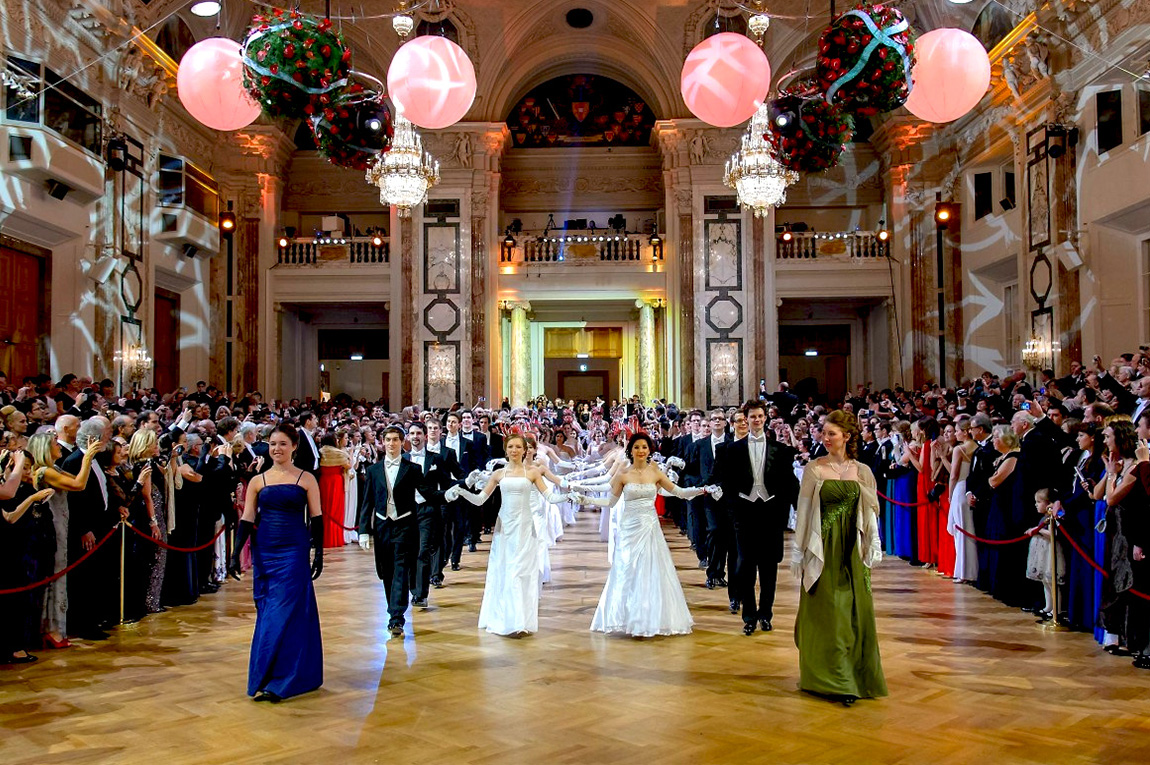 New Year Markets
New Year Markets
Vienna is, of course, famous for its Christmas markets, but why stop there? Why indeed.
A couple of these markets morph into New Year alternatives from December 27th. At the best ones, you get all the sights, sounds, smells, and (most importantly) tastes that make the Christmas versions so popular, but without the nagging sense of guilt that you ought to buy a few presents while there.
There are several markets dotted around the city, but the three big ones are:
- Schönbrunn Palace
- The Silvesterdorf on Maria-Theresien-Platz
- The Silvesterdorf at Belvedere
New Year Events
The big traditional event is the New Year’s Concert given by the world-famous Vienna Philharmonic Orchestra at the Musikverein. What few people know is that there are three concerts with the same program: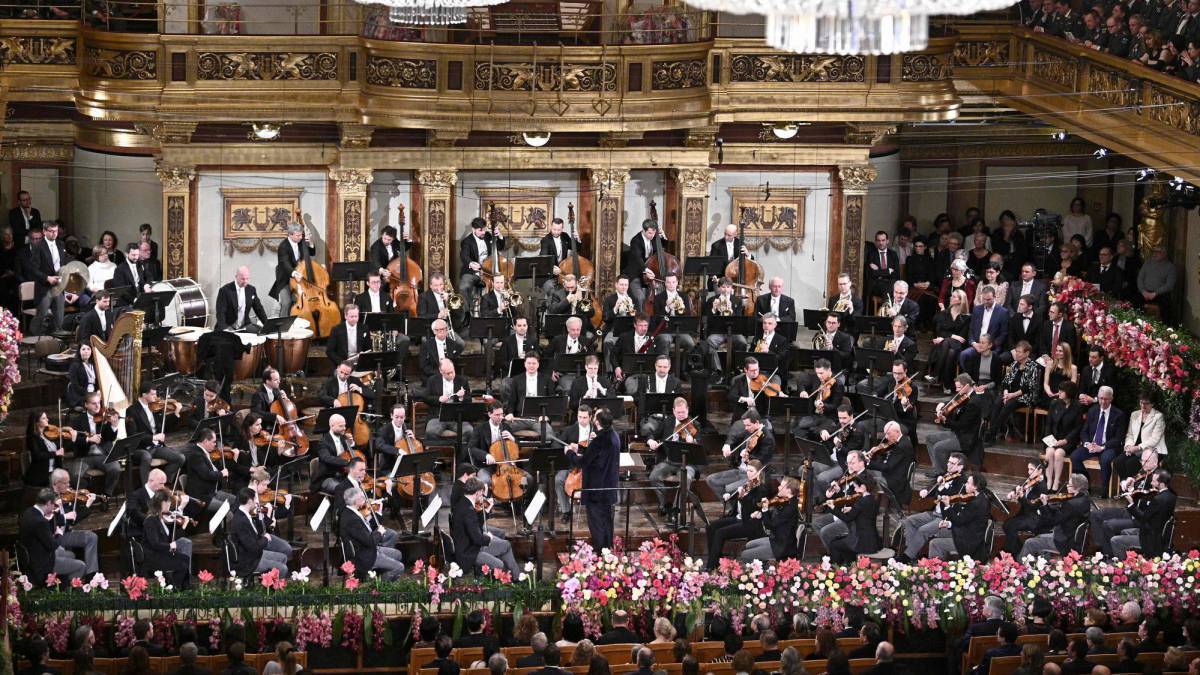
- A “preview performance” on Dec 30
- A Silvesterkonzert on Dec 31
- The actual New Year’s Concert on Jan 1st
Good luck getting tickets for any of these. And I don’t mean that sarcastically – a lottery system decides who can buy a ticket.
You need to register at a special page on the orchestra’s website during the preceding February to have a chance. You’d think tickets would be astronomically expensive and some are, but prices start from around €20.
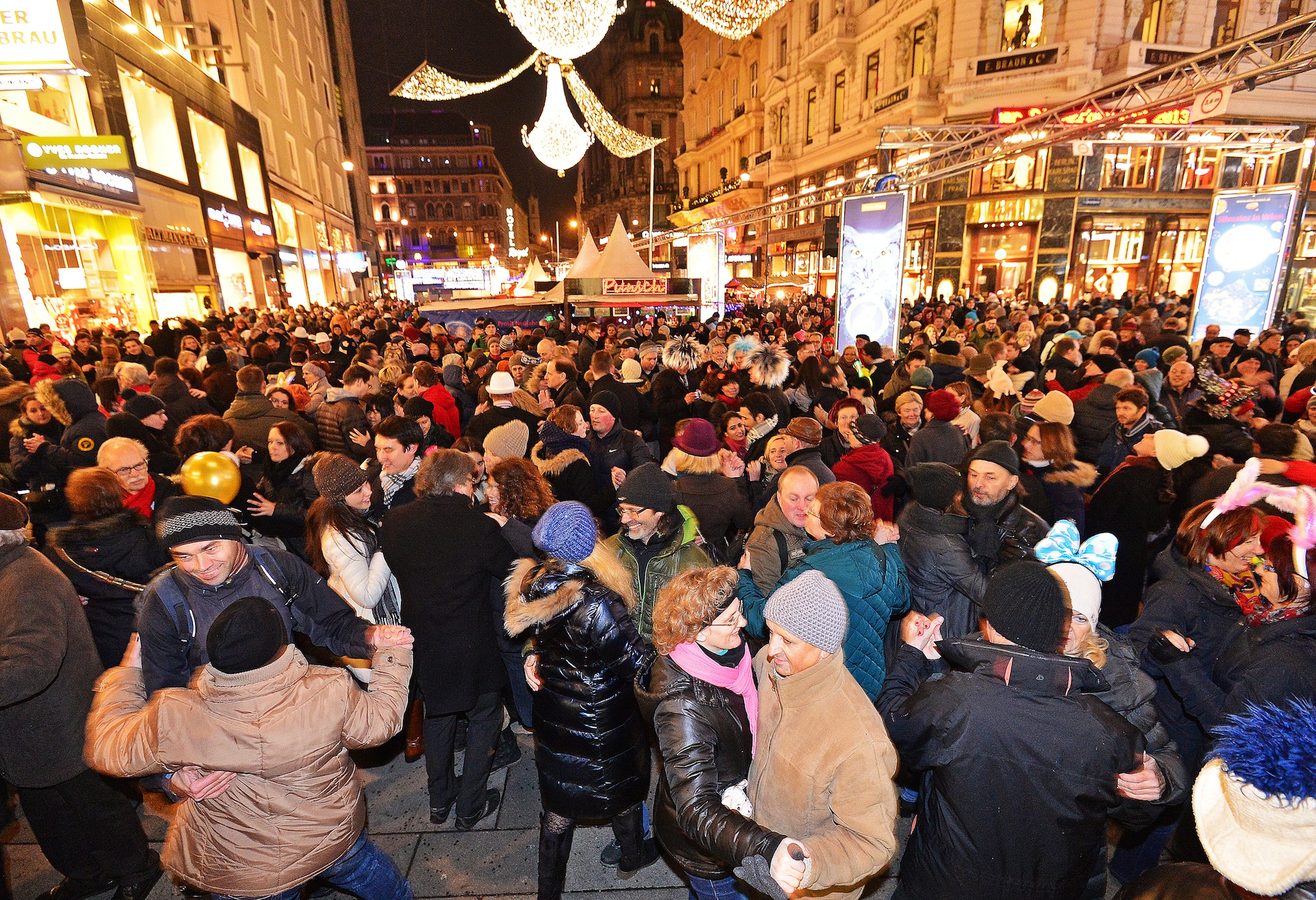 A lot of hotels and town palaces host special Silvester gala evenings for the 31st, too. The most well-known is probably the Hofburg Silvester Ball (the Hofburg is the winter palace of the Habsburgs).
A lot of hotels and town palaces host special Silvester gala evenings for the 31st, too. The most well-known is probably the Hofburg Silvester Ball (the Hofburg is the winter palace of the Habsburgs).
Other prominent events include the one at the Rathaus*, the gala (and concert*) at the Kursalon, or the gala held at Palais Auersperg.


